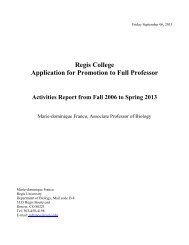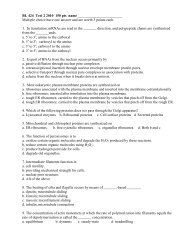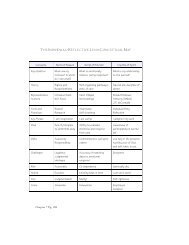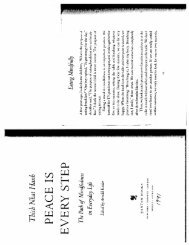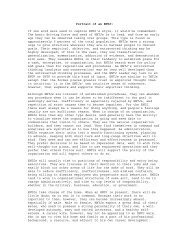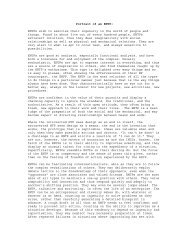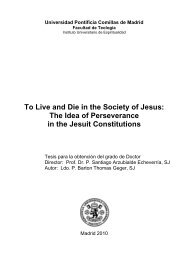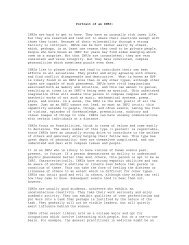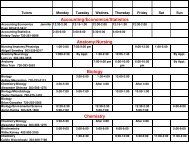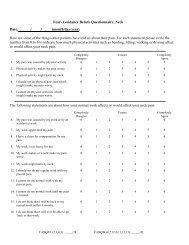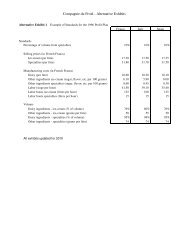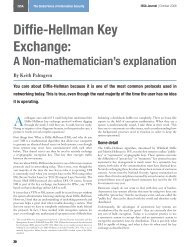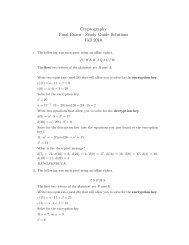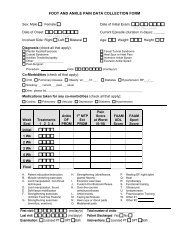Exam 2 - Regis
Exam 2 - Regis
Exam 2 - Regis
Create successful ePaper yourself
Turn your PDF publications into a flip-book with our unique Google optimized e-Paper software.
6-7. Refer to the following two graphs. Seedlings of an annual plant were split into two equal treatment groups;<br />
in one group, extra fertilizer was provided, and in the other group (the control group), no additional fertilizer<br />
was added. The numbers of seeds and the average weight of the seeds from each individual plant were<br />
monitored, and these data were plotted (each point represents an individual plant). The first graph represents the<br />
number of seeds (x-axis) and the weights of those seeds (in micrograms) (y-axis) from the control group. The<br />
second graph represents the number of seeds (x-axis) and the weights of those seeds (in micrograms) (y-axis)<br />
from the with fertilizer group.<br />
6. According to the graphs, fertilizer treatment _______ seed size and _______ seed number.<br />
a. increased; had no effect on<br />
b. increased; increased<br />
c. had no effect on; decreased<br />
d. had no effect on; increased<br />
e. decreased; increased<br />
7. Which of the following statements best describes the results of this study?<br />
a. Trade-offs between seed size and seed number existed in both the control and the fertilizer groups, and these<br />
trade-offs were of roughly equal magnitude.<br />
b. Trade-offs between seed size and seed number existed in both the control and the fertilizer groups, but these<br />
trade-offs were much larger in the fertilizer group.<br />
c. A trade-off between seed size and seed number existed in the control group but not in the fertilizer group.<br />
d. A trade-off between seed size and seed number existed in the fertilizer group but not in the control group.<br />
e. Neither the fertilizer group nor the control group showed a trade-off between seed size and seed number.<br />
8. If the population density of ocotillo in a desert is 15 per square kilometer, how many plants would be<br />
expected in an area that is 5 km by 3 km?<br />
a. 15<br />
b. 45<br />
c. 150<br />
d. 225<br />
e. 1,500<br />
2



